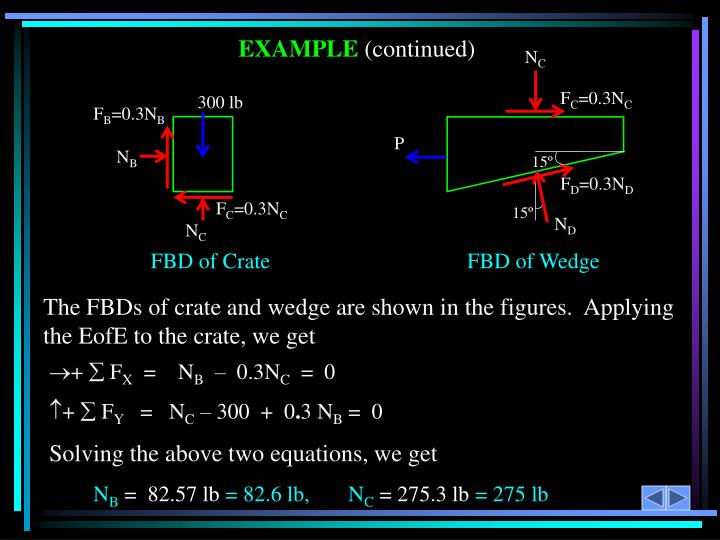

We are going to explain how to find force without using the kinetic coefficient of friction calculator, equation for friction, kinetic friction definition, coefficient of friction formula, how to find frictional force, and much more in this space. If you want to learn this topic thoroughly, continue reading. By using this frictional force calculator, you will be able to calculate: their slope will change) but still the relation will be linear (as confirmed by extensive experimentations).The force of friction calculator offers all types of kinetic friction calculations. When you change either of the objects, or its manufacturing process, or do any other thing which can change either of the objects' surface roughness, then the frictional force against weight relation will change (i.e. the slope of frictional force against weight) remains constant. This was confirmed by several experiments, that for the same two materials in contact (like the box and ground), same linear relation holds and the coefficient of friction (i.e. And as a result, coefficient of friction for static and kinematic cases were discovered which relates the frictional force with the weight of the object by a linear relation. It was also discovered that the force required changes linearly with linear change in weight by experiments. When you displace a box against ground, the experiments unravelled that this much force is required to actually begin displacing a box of a certain weight. The boxes are usually manufactured through the same process which means that the roughness on the boxes faces throughout the world can be assumed to be the same. Now coming back to your question, you have a certain material (like a box) which moves against another material (like ground). This coined the term Elastic Modulus (linear coefficient which relates the stress with strain), which was then declared as a material-dependent property only, because the experiments proved that.

What is the purpose of plotting a graph? It was noted that no matter what kind of geometry you have or how huge the force is which you are applying, you will still get the same stress-strain curve for Copper (although the force-displacement curve can change). You can also calculate the stresses and strains when applying a quasi-static force so that you would have numerous points, using which you can plot a graph, like force against displacement, and/or then stress against strain. You apply a force and track its behavior during the application of force, like deformations. Assume you have Copper sheet/bar, and you conduct an experiment on it. Spoiler - the explanation is still being debated. Here is a much more in-depth answer from the physics stack: But again, why should it be a constant amount of energy per distance? The second one is equivalent of there being a constant amount of energy expended per unit distance to produce $\mu_K$ - the forces from the irreversible effects. the object experiencing friction must overcome both groups of forces to get going again.
#FX EQUATION FOR KINETIC FRICTION FULL#
But if you come to a full stop at the bottom, you now have to do work to climb out, i.e. Somewhat like the way if you drive into a smooth dip in the road, like a small valley, the vehicle gets its energy and momentum back on the way out. The reversibles ones, by conservation of energy, net out to 0 cumulative effect when moving fast enough to avoid "sticking". You can make a loose unscientific analogy to address the first one by grouping the various phenomena that generate friction forces into "reversible" and "irreversibe", in terms of thermodynamics.

But saying 'empirical' raises two questions:


 0 kommentar(er)
0 kommentar(er)
